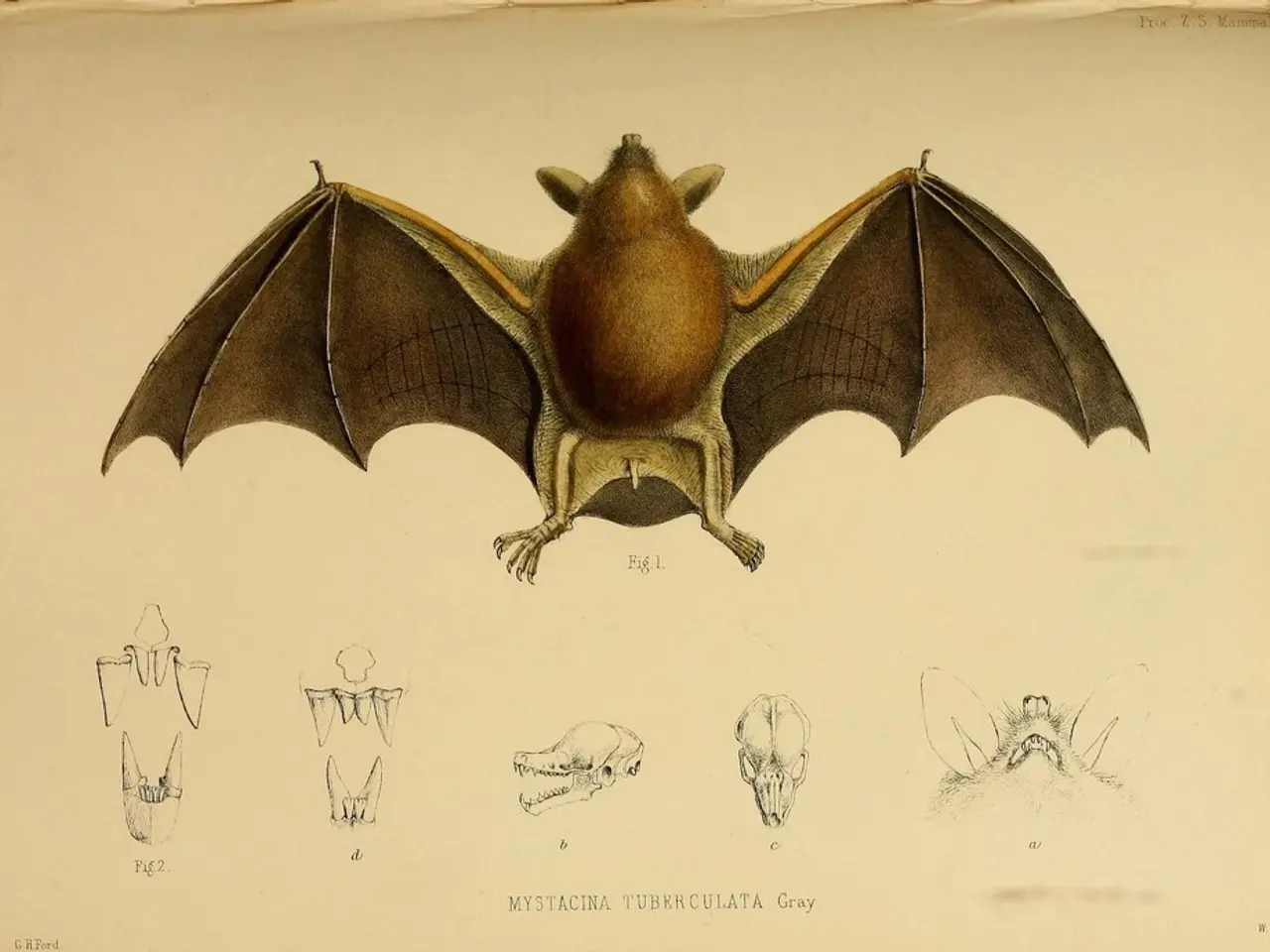Tightening cocoa stocks by International Ice Commodity Exchange (ICE) push New York cocoa prices upward.
The cocoa market is currently experiencing a period of volatility, with both supply constraints and demand deterioration affecting prices.
Supply Constraints
Weather-related headwinds in major West African producers, such as Ivory Coast and Ghana, are causing concern. Below-average rainfall threatens the main crop harvest, while heavy rains are disrupting mid-crop picking. This has resulted in cocoa processors reporting that around 5% to 6% of the mid-crop cocoa in each truckload is of poor quality, compared with 1% during the main crop.
Ivory Coast cocoa exports have also slowed, despite a 6-7% year-over-year increase. This is much less than the 35% increase seen earlier in the season, indicating a deceleration. Additionally, US cocoa inventories monitored by ICE have hit near 1.75-month lows, reflecting tighter short-term supply.
Looking ahead, the International Cocoa Organization (ICCO) projects a notable global deficit for 2023/24 at 494,000 MT, the largest in 60 years. However, they expect a production rebound, causing a surplus in 2024/25. Weather improvements and production expansion in Ecuador and West Africa are expected to boost the 2025/26 season supply, potentially pressuring prices downward further.
Demand Deterioration
Chocolate demand is weak, with major producers such as Barry Callebaut and Lindt cutting sales forecasts due to softer consumption globally, especially in Europe. Barry Callebaut reported a 9.5% drop in Q2 sales volume, the largest in a decade. Q2 Asian cocoa grindings fell -16.3% y/y to 176,644 MT, the smallest amount for a Q2 in 8 years, and Q2 European cocoa grindings fell by -7.2% y/y to 331,762 MT, a bigger decline than expected. North American Q2 cocoa grindings fell -2.8% y/y to 101,865 MT, a smaller decline than the declines seen in Asia and Europe.
These demand concerns continue to weigh heavily on prices, suggesting a relatively subdued demand trajectory in the near term.
Price Trends
The price trends for September ICE NY cocoa (CCU25) and September ICE London cocoa #7 (CAU25) have experienced recent volatility with a downward bias. In early August, prices retreated after earlier gains due to demand weakness. Prices rose sharply on reports of slower Ivory Coast exports and rainfall disruptions in mid-July, but renewed price declines amid demand concerns followed shortly after.
| Date (August 2025) | ICE NY Cocoa (CCU25) | ICE London Cocoa #7 (CAU25) | Notes | |--------------------|----------------------|-----------------------------|--------------------------------------------| | Early August | Fell 1.01% (-87 points) | Dropped 0.18% (-10 points) | Prices retreated after earlier gains due to demand weakness[1][4] | | Mid-July | Closed up +1.35% (+110 points) | Up +1.23% (+71 points) | Prices rose sharply on reports of slower Ivory Coast exports and rainfall disruptions[2] | | Early August | Closed down -1.37% (-118 points) | Closed down -0.38% (-21 points) | Renewed price declines amid demand concerns[4] |
Summary
The cocoa market currently reflects a tension between near-term supply worries supporting prices and weak demand grounding or pushing prices lower. The September 2025 ICE NY and London futures have fluctuated within this context, with prices generally trending down from earlier peaks but occasionally rebounding on supply disruption news.
On Thursday, September ICE NY cocoa (CCU25) closed up +174 (+2.05%), while September ICE London cocoa #7 (CAU25) closed down -21 (-0.38%). Cocoa prices sunk to an 8.5-month nearest-futures low in NY and a 17-month nearest-futures low in London last month.
The Ghana Cocoa Board projected the 2025/26 Ghana cocoa crop would increase by +8.3% y/y to 650,000 MT. ICE-monitored cocoa inventories held in US ports fell to a 1.75-month low of 2,283,787 bags on Thursday.
Chocolate maker Lindt & Spruengli AG lowered its margin guidance for the year due to a larger-than-expected decline in first-half chocolate sales. On May 30, the International Cocoa Organization (ICCO) revised its 2023/24 global cocoa deficit to -494,000 MT, the largest deficit in over 60 years. Quality concerns regarding the Ivory Coast's mid-crop cocoa are supportive of prices. Quality is crucial in the cocoa industry, as poor quality cocoa can lead to lower yields and affect the final product's taste.
Sports have been notably absent from recent conversations, given the ongoing volatility in the cocoa market. The predictability of a crisp bounce during a baseball game or the thrill of a tense soccer match might provide a welcome distraction from the weather-related challenges in major cocoa producers.







